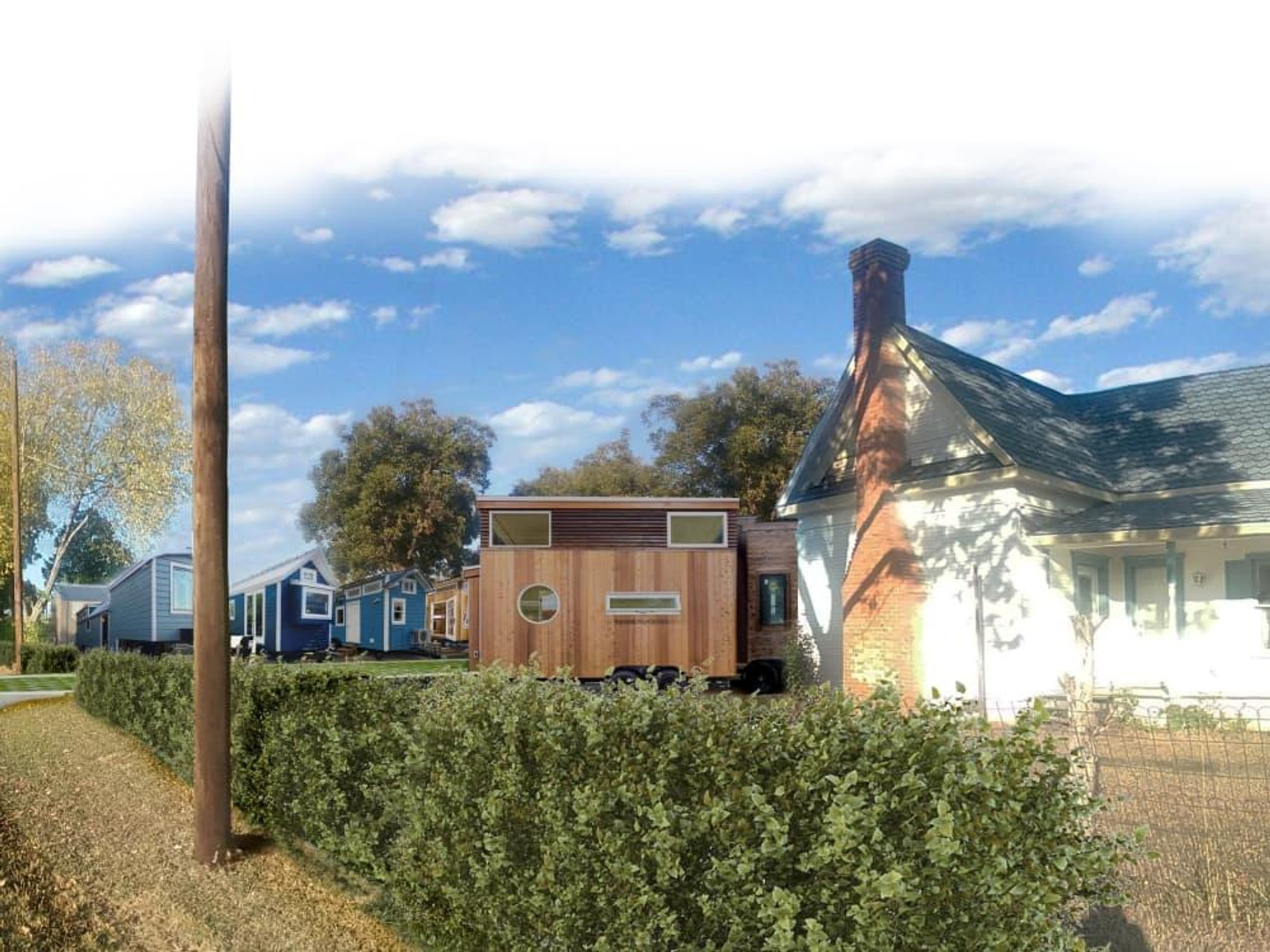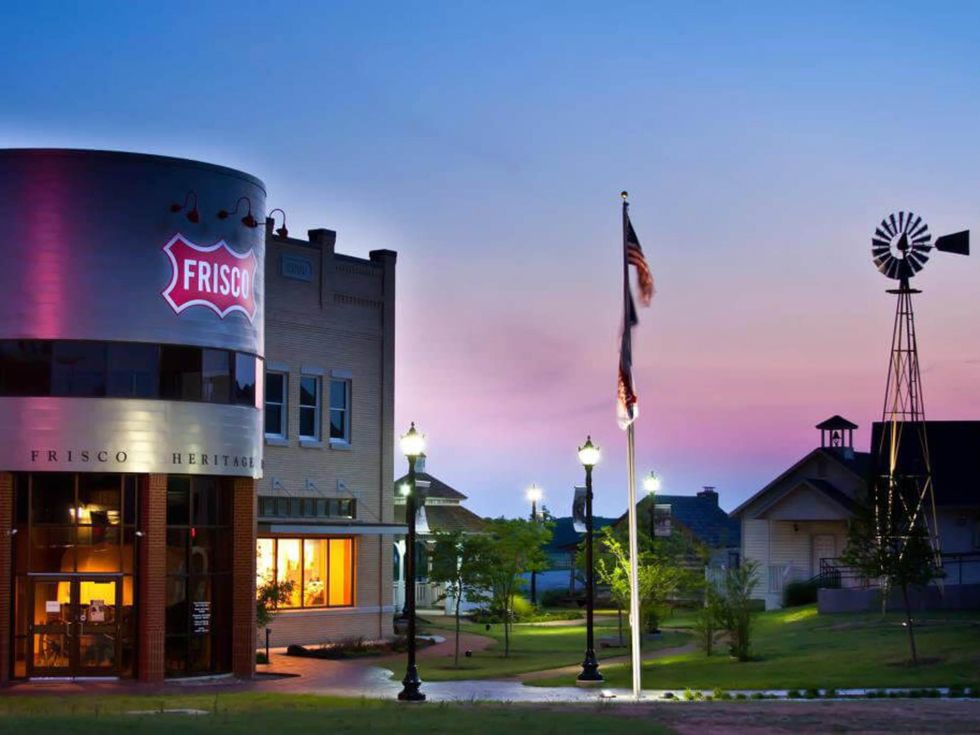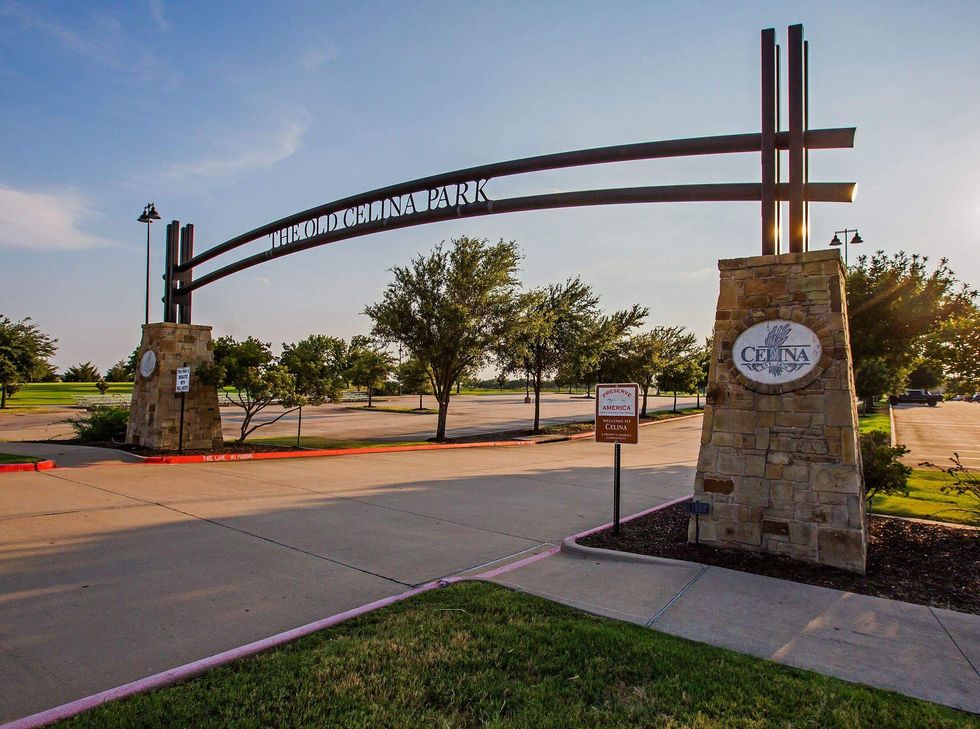Tiny houses, big dreams
Tiny-house village takes shape in downtown Lake Dallas

What is billed as the first project of its kind in the U.S. — a downtown village of tiny houses — is taking shape in the Denton County suburb of Lake Dallas.
As early as this June, 13 tiny homes are expected to pop up in downtown Lake Dallas, which is about 30 miles north of downtown Dallas.
The Lake Dallas City Council approved the tiny-home village last October. The project has proven so popular that 70 people already are on a waiting list for lots, each of which will measure roughly 800 to 1,000 square feet.
“Lake Dallas made a big step in being the first city to allow a tiny-home community within the city limits,” says local resident Terry Lantrip, the project’s developer. “The Lake Dallas Tiny Home Village will bring quite a bit of visibility to the city and shows that we’re very open to development.”
Each lot at the Lake Dallas Tiny Home Village will rent for $500 to $550 a month, including hookups for water, sewer service and electricity, and will accommodate a tiny home ranging from 100 to 400 square feet — no bigger than a modest hotel suite. Lot leases will be renewed every 12 months.
A resident of the village must buy his or her own tiny home, which has to be on wheels, and set it up on a lot. The cost of a tiny home varies widely; the median price is around $60,000, but a tiny home can be had for less than $20,000.
Village amenities will include a self-service laundry facility, storage buildings, a public lawn, a community garden, picnic areas, and outdoor furniture.
The second phase of the project will involve renovating a more than 100-year-old house on the property as a community center, Lantrip says. Next door to the village, Lantrip plans to build a 14-unit bungalow community that would share the community center.
City officials say the tiny-home village will be a welcome addition to downtown Lake Dallas. The community has nearly 8,000 residents.
“Tiny-house people tend to be well-educated, employed, with disposable income. They can help bolster downtown businesses,” City Manager John Cabrales Jr. told the Next City blog.
In a community survey taken in 2017, residents were asked what their first mental image is regarding Lake Dallas. Just 10 percent cited the downtown district. Nearby Lake Lewisville was the No. 1 response, but other top responses included residential neighborhoods, development along Interstate 35E, trailer parks, liquor stores, run-down businesses, and bad roads.
In another part of the survey, local residents overwhelmingly named the downtown district as the No. 1 priority for redevelopment in Lake Dallas. However, just 8 percent of people living there said residential development was what’s needed to make downtown Lake Dallas more vibrant.
“Progress and prosperity passed up Lake Dallas long ago. Most businesses moved to more populated thoroughfares, and past city leadership seemed to focus on more industrial uses in our community. There were so many opportunities lost due to a lack of vision for the city,” Lantrip says.
“Lake Dallas is now trying to rebuild itself,” he adds, “and will have to rebrand itself as a good place to live, develop, and bring businesses.”

 Coppell was ranked the third-best place to live in Texas for 2025. City of Coppell, TX Municipal Government/Facebook
Coppell was ranked the third-best place to live in Texas for 2025. City of Coppell, TX Municipal Government/Facebook  Frisco is the most-affordable, fastest-growing city in the country. Photo by Roger Robinson/Visit Frisco
Frisco is the most-affordable, fastest-growing city in the country. Photo by Roger Robinson/Visit Frisco  Celina is the No. 2 fastest-growing wealthy 'burb in America. Photo courtesy of celina-tx.gov
Celina is the No. 2 fastest-growing wealthy 'burb in America. Photo courtesy of celina-tx.gov